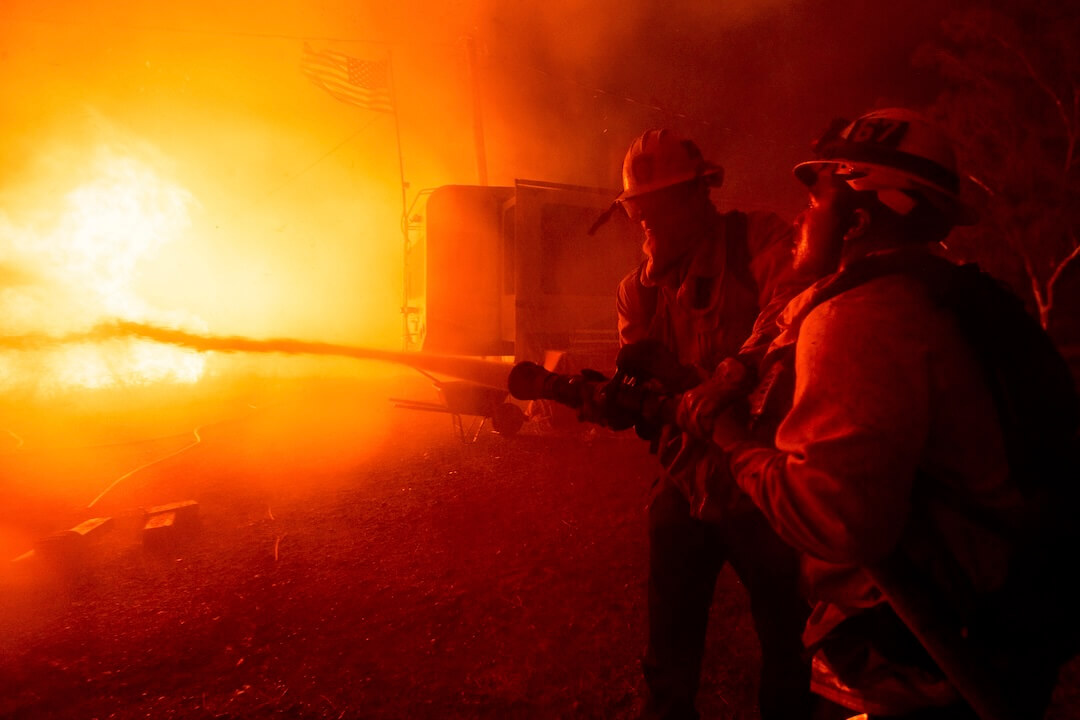This article originally appeared in Try This! — Tools for Journalism, our newsletter about digital tools. Want bite-sized news, tutorials and ideas about the best digital tools for journalism in your inbox every Monday? Sign up here.
We saw it with Storify. It’s happening again with Google Fusion Tables.
What happens when the third-party tools journalists come to rely on are shut down by their creators? As someone whose Official Work Title is “digital tools reporter,” that question keeps me up at night (though so does proliferation of awful tech company names, so maybe take that in stride).
When Storify shut down, we lost embedded tweets and Facebook posts — and an overused and sometimes lazy template for reaction articles. The Fusion Tables’ “turndown” (Google’s term) carries bigger implications. No more easy-to-use databases for the more data-inept among us. No more backends for data apps that don’t cost a million dollars.
At this point in the newsletter, I’d typically point you toward an alternative. But, unfortunately, there’s no catch-all tool like Fusion Tables that can do it all.
PICTURE THIS: Last week, I talked about how finding image sizes for social media can be a huge pain in the pixel. I offered this cheat sheet to help, but this image resizer might be even better. Just upload an image (or point to one that’s already online), select the purpose you need it for and the tool will resize your image to fit. (h/t Karen Hansen, director of membership, marketing and communications at the Radio Television Digital News Association)
CRUNCHING NUMBERS: Analytics firm Parsely took a look at the data and found that, yes, hurricanes receive more media coverage than wildfires. And though the firm hypothesized that searches for information about global warming would peak when the wildfires started, it found “no discernible pattern.” People pay above average attention when major weather events are happening nearby, so journalists should consider connecting the dots to climate change, Parsely’s report suggests.
OH, WORD: Speaking of providing context, that’s one thing the BBC found young people are looking for when they read the news. The BBC’s research and development team interviewed and got feedback from 85 people over a year’s time. They walked away with nine takeaways for writing news for under-26s and women aged 28 to 45. Other takeaways: Use search trends to anticipate common questions and answer them in article form, avoid jargon (and explain it if you have to use it) and find ways to allow people to subscribe to specific stories.
TIMESAVER: In college, my school’s student government posted all of its budgets, meeting minutes and important documents online in an astonishingly timely manner. But in the ultimate thanks-for-nothing move, the information was spread across multiple pages of PDFs, all of which they posted individually and with some code that forced them to open at about 200 by 200 pixels. Since then, I’ve seen similar from research databases, chambers of commerce and local governments. Chrono Download Manager solves that problem and many more by making all elements on a webpage — images, spreadsheets, PDFs and more — downloadable with one click. (h/t Gary Price, a researcher, librarian and founder of Infodocket.com)
TOP TOOLS FOR 2018: This edition of the newsletter featured the last three of my top 10 tools for journalism in 2018, but they’re only available in the email edition. Sign up to get Try This! — Tools for Journalism in your inbox every Monday next year. If you missed seeing my top tools in the newsletter, don’t worry. A complete list will appear on Poynter.org on Thursday.
Thanks for sticking with Try This! — Tools for Journalism this year. My New Year’s resolutions are to get this delivered at a more consistent time, keep it as manageable to consume as possible and to come up with a better name. If you have any suggestions about any of those three, let me know.
See you next year!
Try This! is supported by the American Press Institute and the John S. and James L. Knight Foundation.








